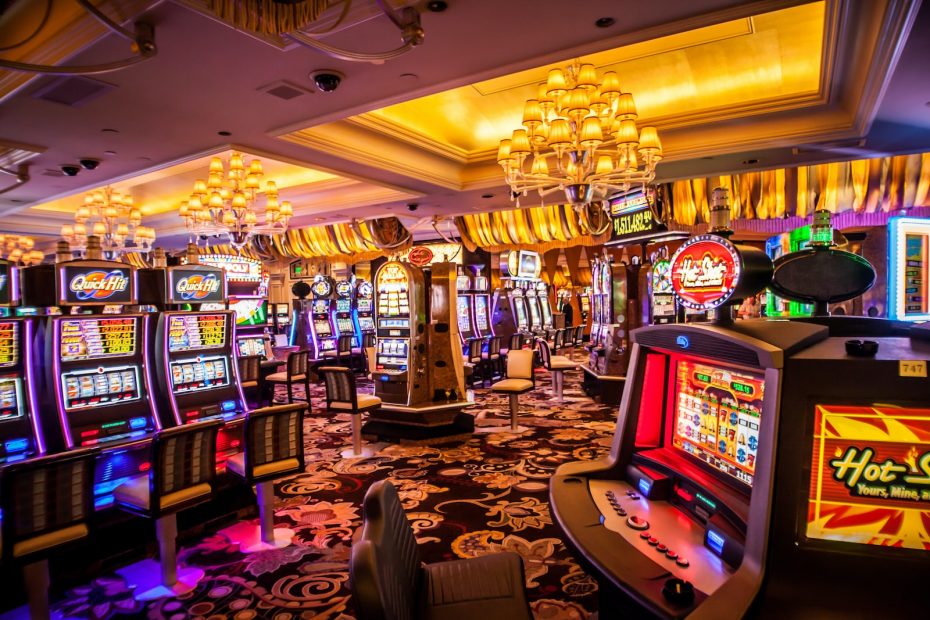
In a vibrant and thrilling world of gaming establishments, wherein luck and tactics intertwine, color and design play a pivotal role in drawing in players. From the moment visitors step into a casino or log into a gaming website, they are immersed in a sightly feast that grabs their attention and lures them to explore more. Bright colors, captivating graphics, and innovative layouts are meticulously crafted to create an environment of thrill and anticipation, ultimately enhancing the gaming experience.
While gamblers move through the dynamic landscape of casino games, they encounter a variety of designs that not only serve visual purposes but also affect emotions and choices. Hues like red and yellow symbolize wealth and fortune, while calm navy and emeralds can create a more tranquil environment. Grasping how these elements work together allows casinos to create an welcoming and energizing atmosphere that encourages players to interact with the games, invest additional time at the tables, and increase their overall enjoyment.
The Psychology of Hue in Gambling Games
Color plays a critical role in the design of casino games, shaping player emotions and behaviors. Bright and bold shades, such as crimson and gold, are often used to incite thrill and attract attention. These hues create a feeling immediacy and dynamism, encouraging participants to participate more readily with the experience. By strategically selecting tints, developers aim to evoke feelings of pleasure and excitement, which can enhance the overall player experience.
Various hues also have psychological meanings that can impact how gamblers perceive their possibilities of winning. For case, green is often associated with fortune and wealth, making it a frequent choice in activities like the roulette wheel and poker tables. This connection can cause players to feel more optimistic and assured in their gaming, ultimately motivating them to wager more. Comprehending these associations allows game developers to craft environments that enhance player satisfaction and loyalty.
Moreover, the layout of casino game interfaces often employs blended colors and opposing shades to instruct players’ responses. For example, winning outcomes may be accentuated with bright, opposing shades, creating a visual incentive. This technique supports successful results and supports repeated participation. By exploiting the psychology of color, casinos can design games that not only captivate gamblers but also hold them engaged and committed in their play experience.
Creative Elements that Engage Gamers
The aesthetic appeal of gambling games is largely influenced by the implementation of vibrant colors. Lively and contrasting colors are deliberately chosen to create an appealing atmosphere that grabs interest. For instance, crimson and golden hues often signify luck and wealth, which is why they are common in the color schemes of gaming machines and table surfaces. These colors not only draw players in, but they also stir emotions related to excitement and anticipation, enhancing the total gaming experience.
In addition to color, the aesthetic and organization of casino games play a significant role in captivating players. Games are designed to be user-friendly, ensuring that players can easily understand the rules and gameplay. User-friendly interfaces, along with engaging graphics and motion, help maintain player interest and encourage extended play sessions. The physical elements, such as the feel of the controls and the sounds of the games, also add to a comprehensive sensory experience that keeps players engaged.
Finally, thematic elements in gaming design can significantly influence player choice. Many gambling games are inspired by popular culture, fairy tales, or adventure themes, incorporating symbols and characters that connect with players. These themes create a sense of engagement and connection, making each game feel unique. When players feel a bond to the theme, they are more likely to opt for that game over others, leading to higher participation and excitement within the gambling environment.
Case Studies: Successful Casino Game Designs
One prime example of effective gambling game design is the well-known slot machine series themed around popular movies. Games such as those based on the The Wizard of Oz and Game of thrones utilize vibrant colors and superior graphics to immerse players in recognizable narratives. The application of lively visuals and engaging sound effects takes the interest of players, building an affective connection to the theme. This approach not only fosters longer play but also boosts the overall gaming experience, leading to increased player retention.
Another successful case is the application of color in table games like 21 and the wheel. Casinos often develop these games with deep reds and greens, colors traditionally connected with luck and wealth. For instance, the green felt on a 21 table provides a soothing effect, while the crimson accents in the wheel invite anticipation. This thoughtful use of color helps to create an inviting atmosphere that motivates players to engage, fulfilling their psychological impulses and enhancing their enjoyment.
Finally, social casino games that feature community features and bright, colorful designs have seen remarkable success in engaging players. Games like Zynga Poker and Slotomania leverage vivid colors and playful animations to create an inviting online environment. The integration of leaderboards, community sharing options, and in-app rewards promotes competition and community, drawing players in for longer sessions. Such designs not only make the games visually attractive but also highlight social interaction, a key factor in player retention and engagement within online casino environments.
masaya game